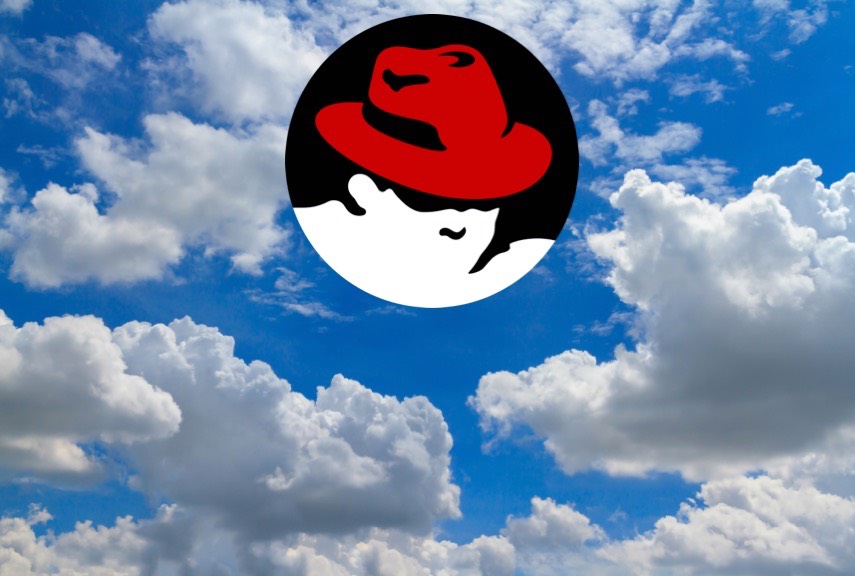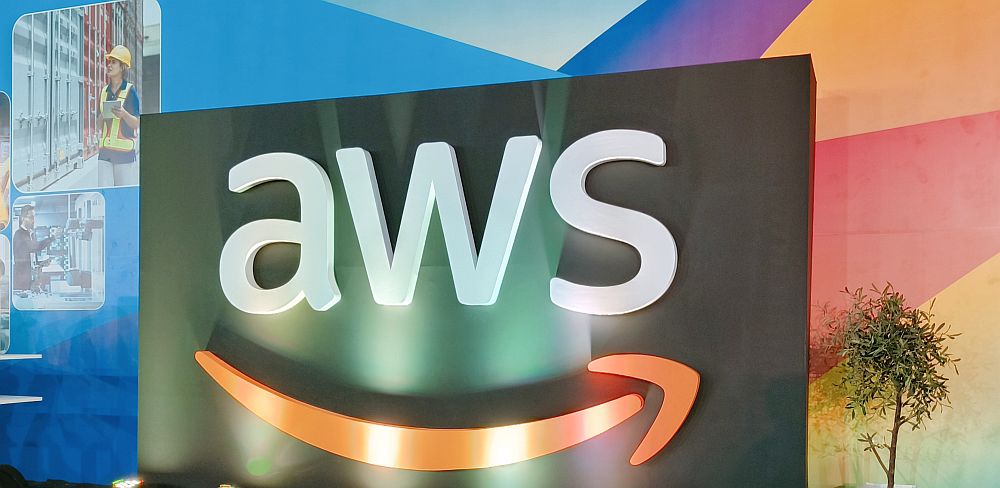BOSTON – RED HAT SUMMIT – May 10, 2022 – Red Hat, Inc., a leading provider of open source solutions, today introduced Red Hat Enterprise Linux 9, the Linux operating system designed to drive more consistent innovation across the open hybrid cloud, from bare-metal servers to cloud providers and the farthest edge of enterprise networks. Red Hat Enterprise Linux 9 is designed to drive enterprise transformation in parallel with evolving market forces and customer demands in an automated and distributed IT world. The platform will be generally available in the coming weeks.
Mike Cross, principal product owner, GlaxoSmithKline says, “High-performance computing is a critical component of pharmaceutical innovation, as being able to quickly identify and analyze new global health challenges is crucial to our corporate mission. Red Hat Enterprise Linux supports these environments for us, and Red Hat Enterprise Linux 9 is poised to drive even greater performance out of these production systems in our efforts to help communities around the world adapt to a changing health landscape.”
For two decades, Red Hat Enterprise Linux has served as the backbone of enterprise IT, both in the data center and in the cloud, emphasizing customer choice and flexibility. With this platform for innovation, Red Hat customers can choose their underlying architecture, application vendor, or cloud provider with the consistency necessary for modern IT. Combined, this has resulted in Red Hat Enterprise Linux becoming an epicenter for innovation. According to a Red Hat-sponsored IDC study, the global Red Hat Enterprise Linux economy is forecast to exceed $13 trillion in 2022. This includes supporting the business activities of Red Hat customers, which is estimated to provide financial benefits totaling $1.7 trillion in 2022.
Building on decades of relentless innovation, the latest version of the world’s leading enterprise Linux platform is the first production release built from CentOS Stream, the continuously delivered Linux distribution that tracks just ahead of Red Hat Enterprise Linux. This approach helps the broader Red Hat Enterprise Linux ecosystem, from partners to customers to independent users, provide feedback, code, and feature updates to the world’s leading enterprise Linux platform.
James Jones, DevOps engineer III, PODS Enterprises, LLC says, “We run an extensive set of critical services on Red Hat Enterprise Linux, and Red Hat Enterprise Linux 9 provides an expanded set of capabilities, particularly around cloud-native and containers support, that will help us to further enhance and refine our Linux landscape. The updates to manageability features such as cockpit and Red Hat Web Console are ones that we’re keen to explore more deeply, especially as our environment becomes more entrenched in cloud-native services.”
IDC predicts that “by 2023, 40% of G2000 [companies will] reset cloud selection processes to focus on business outcomes rather than IT requirements, valuing access to providers’ portfolios from device to edge and from data to ecosystem.” To Red Hat, this indicates that a standardized platform that can reach across all of these footprints and provide an experience optimized for both innovation and production stability is crucial. Red Hat Enterprise Linux 9 is engineered to address these needs and more, enabling operations teams and developers to deploy new initiatives without abandoning existing workloads or systems.
Ubiquitous Platform
Customers can use Red Hat Enterprise Linux wherever and however it makes sense for their unique operational requirements with broad availability and deployment options across major cloud marketplaces. Existing customers can migrate Red Hat Enterprise Linux subscriptions to the cloud of their choice with Red Hat Cloud Access, while any customer looking to adopt the scale and power of the cloud will be able to deploy the platform on-demand from major cloud provider marketplaces, including Amazon Web Services (AWS), Google Cloud, IBM Cloud, and Microsoft Azure.
This platform’s ubiquity also stretches to the edge. With enterprise interest in edge computing growing and forecasts predicting a market of more than a quarter trillion dollars by 2025.3, Red Hat Enterprise Linux 9 incorporates key enhancements specifically designed to address evolving IT needs at the edge. These capabilities include:
Comprehensive edge management, delivered as a service, to oversee and scale remote deployments with greater control and security functionality, encompassing zero-touch provisioning, system health visibility, and more responsive vulnerability mitigations all from a single interface.
Automatic container roll-back with Podman, Red Hat Enterprise Linux’s integrated container management technology, which can automatically detect if a newly-updated container fails to start and then roll the container back to the previous working version. Red Hat Enterprise Linux 9 also highlights Red Hat’s efforts to deliver key operating system functions as services, starting with a new image builder service. Supporting the core platform’s existing functionality, the service supports image creation for customized filesystems and major cloud providers and virtualization technologies, including AWS, Google Cloud, Microsoft Azure, and VMware.
Red Hat and AWS have worked together for more than a decade to support the latest version of Red Hat Enterprise Linux at launch on AWS. Most recently, customers can now run Red Hat Enterprise Linux-based workloads on AWS instances that use ARM-designed Graviton processors. Red Hat Enterprise Linux 9 integration with AWS Graviton processors helps to optimize the price performance for a wide range of cloud workloads running in Amazon Elastic Compute Cloud (Amazon EC2).
Innovation Everywhere
As IT teams adopt new technologies and extend into new operating footprints, the threat landscape becomes more dynamic and complex. Red Hat Enterprise Linux 9 retains Red Hat’s commitment to delivering a hardened Linux platform that can handle the most sensitive workloads, pairing innovation with extended security capabilities. Red Hat Enterprise Linux subscriptions also include access to Red Hat Insights, Red Hat’s continuous, proactive analytics service for detecting and remediating potential configuration and vulnerability issues while optimizing resource and subscription usage across the hybrid cloud.
Beyond the hardening, testing, and vulnerability scanning that all Red Hat Enterprise Linux releases undergo, Red Hat Enterprise Linux 9 incorporates features that help address hardware-level security vulnerabilities like Spectre and Meltdown as well as capabilities to help user-space processes create memory areas that are inaccessible to potentially malicious code. The platform provides readiness for customer security requirements as well, supporting PCI-DSS, HIPAA and more.
Red Hat Enterprise Linux 9 also introduces integrity measurement architecture (IMA) digital hashes and signatures. With integrity measurement architecture, users can verify the integrity of the operating system with digital signatures and hashes. This helps to detect rogue infrastructure modifications, making it easier to limit the potential for systems to be compromised.
Further supporting enterprise choice in architectures and environments across the open hybrid cloud, Red Hat Enterprise Linux 9 will be available on IBM Cloud and also complements the key security features and capabilities of IBM Power Systems and IBM Z systems. Pairing the security-focused hardware capabilities of IBM’s architectures with the security enhancements in Red Hat Enterprise Linux 9 delivers the innovation, strength and security capabilities that many organizations need in hybrid cloud computing.
Consistent Automation and Development
As IT systems grow to encompass a wider variety of workloads and footprints, IT operations teams are using automated systems and tooling as force multipliers. Red Hat Enterprise Linux 9 helps IT organizations embrace automation across the hybrid cloud, with capabilities tailored to help cut complexity and enhance manageability.
The platform introduces an expanded set of Red Hat Enterprise Linux System Roles, which provide an automated workflow for creating specific system configurations. Red Hat Enterprise Linux 9 further builds out this selection, adding new System Roles for Postfix, high-availability clusters, firewall, Microsoft SQL Server, web console, and more.
Red Hat Enterprise Linux 9 also supports kernel lives to patch from the Red Hat Enterprise Linux web console, further automating how IT organizations can address critical tasks at scale. This enables IT operations teams to apply updates across large, distributed system deployments without having to access command-line tooling, making it easier to address production-impacting issues from the core datacenter to multiple clouds to the edge.
Building on the strategic alliance expanded with Microsoft in 2015, Red Hat Enterprise Linux 9, available at launch on Microsoft Azure, provides a foundation ready for key Microsoft technologies, including Microsoft SQL Server, thanks to joint engineering efforts with Microsoft. This includes tailored performance co-pilot modules, tuned profiles, a SQL Server system role powered by Ansible, and more. Red Hat Enterprise Linux 9 also continues to fully support .NET development and applications, bringing applications built using Microsoft’s development platform to the world’s leading enterprise Linux platform.
Red Hat Enterprise Linux 9 Availability
Red Hat Enterprise Linux 9 will be generally available in the coming weeks via the Red Hat Customer Portal and major cloud provider marketplaces. Red Hat Enterprise Linux 9 is also accessible via no-cost Red Hat Developer programs that provide developers with access to software, how-to videos, demos, getting started guides, documentation, and more.
See Also: Red Hat Enterprise Linux 8.3 Extends Linux as Foundation for Digital Transformation









